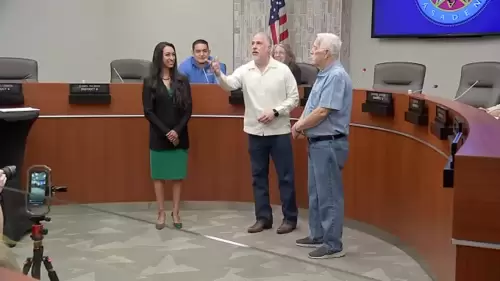 |
|
 |
|
 |
|
 |
|
 |
|
 |
|
 |
|
 |
|
 |
|
 |
|
 |
|
 |
|
 |
|
 |
|
 |
|
암호화폐 뉴스 기사
Solving a Rubik's Cube with Supervised Learning — Intuitively and Exhaustively Explained
2025/01/10 23:05

Solving a Rubik's Cube with Deep Learning
A step-by-step guide to building a model that can solve a Rubik's Cube
Daniel Warfield
Follow
Towards Data Science
--
Share
In this article we’ll build a deep learning model that can solve a Rubik's Cube. We’ll define our own dataset, make a transformer style model that can learn based on that dataset, and use that model to solve new and randomly shuffled Rubik's Cubes.
In tackling this problem we’ll discuss practical problems which come up frequently in data science, and the techniques data scientists use to solve those problems.
Who is this useful for? Anyone interested in achieving mastery of modern AI.
How advanced is this post? This post covers advanced modeling strategies intuitively, and is appropriate for readers of all levels.
Pre-requisites: There are no prerequisites for this article, though an understanding of transformer style models may be useful for some of the later, code heavy sections.
References: A link to the code and supporting resources can be found in the reference section at the end of this article.
Defining a Rubik's Cube as a Modeling Problem
As you likely know, the Rubik's Cube is a geometric game featuring a 3x3x3 cube with different colored squares on each of its six faces. The goal of the game is to manipulate the cube in order to return it to its original state, with each face displaying a single, uniform color.
We can define a Rubik's Cube in terms of a sequence of moves. Each move corresponds to a 90-degree rotation of one of the cube's six faces. We can represent a move using a single character, where F corresponds to a clockwise rotation of the front face, B corresponds to a clockwise rotation of the back face, L corresponds to a clockwise rotation of the left face, R corresponds to a clockwise rotation of the right face, U corresponds to a clockwise rotation of the upper face, and D corresponds to a clockwise rotation of the lower face.
For example, the sequence of moves "FRUR'D'" corresponds to a clockwise rotation of the front face, followed by a clockwise rotation of the right face, followed by a counter-clockwise rotation of the upper face, and finally followed by a counter-clockwise rotation of the lower face.
We can use this notation to define any possible state of a Rubik's Cube. For example, the starting state of a Rubik's Cube can be represented by the following sequence of moves:
```
UUUUUUUUURRRRRRRRRFFFFFFFFFDDDDDDDDDLLLLLLLLLLBBBBBBBBB
```
This sequence of moves corresponds to the following sequence of rotations:
```
U -> R -> U -> R -> U -> R -> U -> R -> U -> U -> U -> U -> U -> U -> U
```
We can apply this sequence of rotations to a scrambled Rubik's Cube in order to return it to its starting state.
We can now define the modeling problem as follows: given a scrambled Rubik's Cube, we want to predict the sequence of moves that will return the cube to its starting state.
부인 성명:info@kdj.com
제공된 정보는 거래 조언이 아닙니다. kdj.com은 이 기사에 제공된 정보를 기반으로 이루어진 투자에 대해 어떠한 책임도 지지 않습니다. 암호화폐는 변동성이 매우 높으므로 철저한 조사 후 신중하게 투자하는 것이 좋습니다!
본 웹사이트에 사용된 내용이 귀하의 저작권을 침해한다고 판단되는 경우, 즉시 당사(info@kdj.com)로 연락주시면 즉시 삭제하도록 하겠습니다.






























































